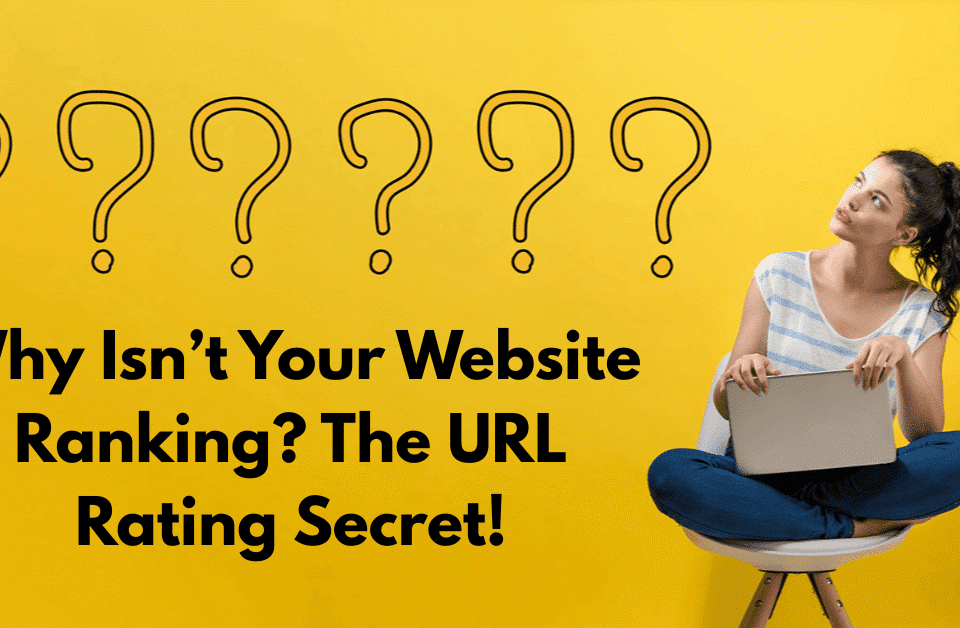SEO vs AEO vs GEO: Which Strategy Should You Focus On?

Creative Website Design Company in Udaipur for Hotels: Elevating Your Hospitality Business
September 1, 2024
Blog Feeling Dead? These 10 ChatGPT Prompts Will Bring It Back to Life!
April 28, 2025Table of Contents
In the fast-paced world of digital marketing, staying visible online means adapting to new platforms, trends, and algorithms. With the emergence of AI tools and evolving user behaviors, traditional SEO (Search Engine Optimization) now shares the spotlight with newer strategies like AEO (Answer Engine Optimization) and GEO (Generative Engine Optimization).
So, which one should you invest in: SEO, AEO, or GEO?
This blog provides a detailed comparison between the three—based on user intent, working models, tools, and examples—to help you choose the best strategy for your business.
What is SEO? (Search Engine Optimization)
SEO (Search Engine Optimization) is the process of optimizing your website and content to rank higher in search engine results pages (SERPs). It focuses on attracting organic traffic through search engines like Google, Bing, and Yahoo.
Key aspects of SEO include:
- Keyword research to target user search terms
- On-page SEO (meta tags, URL structure, headings, image alt tags)
- Technical SEO (site speed, mobile-friendliness, SSL, schema)
- Off-page SEO (backlinks and authority building)
- Content quality and relevance
The goal is to make your website easy to crawl, index, and rank by search engine bots while also providing a great user experience.
How SEO Works
SEO works based on algorithms that decide the relevance and authority of your page for a specific query. Here’s how the process flows:
- Crawling – Search engines scan your site using bots.
- Indexing – Your content is stored and categorized.
- Ranking – Based on search signals like content, backlinks, and user behavior.
Your site competes with others in terms of keyword targeting, user experience, domain authority, and relevance.
Example of SEO in Action
Let’s say your business sells organic skincare in Delhi. You optimize a blog with the keyword: “best organic face cream in Delhi.” By using proper headings, internal links, keyword density, and mobile-friendly design, your blog can rank in the top 5 results on Google and drive leads to your website.
Who Needs SEO?
Almost everyone with a digital presence:
- Local businesses
- E-commerce stores
- Bloggers and influencers
- SaaS platforms
- Service providers (doctors, lawyers, consultants)
If your audience uses Google or Bing to search for solutions—you need SEO.
What is AEO? (Answer Engine Optimization)
Answer Engine Optimization (AEO) is the process of optimizing content so that AI-powered tools and search engines (like Google Assistant, Siri, Alexa, and even Google’s featured snippets) can understand and answer user questions directly.
Rather than just ranking on SERPs, AEO focuses on:
- Direct answers in featured snippets (Position Zero)
- Voice search optimization
- Structured content like FAQs and How-tos
- Schema markup (FAQPage, HowTo, Q&A)
AEO’s mission is to get your content picked up as the best answer to specific questions.
How AEO Works
AEO uses a question-answer format and structured content to ensure your answers are discoverable by AI tools and answer engines.
Key techniques include:
- Implementing FAQ schema
- Using headings like H2 and H3 for sub-questions
- Writing short, to-the-point answers
- Focusing on search intent
- Adding conversational tone for voice assistants
Example of AEO in Action
A user asks, “What is AEO in SEO?” on Google. The top result is a snippet box showing your blog’s definition. Your content is also read aloud by Alexa or Siri. That’s AEO in motion—no need for users to even click; your content delivers instant value.
Who Needs AEO?
- Brands aiming for voice search visibility
- Content marketers targeting Position Zero
- Businesses with FAQ-heavy products/services
- Websites looking to improve zero-click search traffic
If your audience uses questions like “how,” “why,” “what,” or “best way to,” AEO is a smart strategy.
What is GEO? (Generative Engine Optimization)
Generative Engine Optimization (GEO) is the latest evolution in SEO, targeting AI-based tools like ChatGPT, Google SGE (Search Generative Experience), Bing Chat, and other large language models (LLMs).
Rather than targeting keyword rankings or snippets, GEO aims to get your content referenced or summarized by AI chatbots.
This includes optimizing content for:
- Context-rich narratives
- Semantic SEO and topical depth
- Source authority and factual accuracy
- Clear formatting with headings, bullets, and definitions
- Non-promotional, conversational tone
How GEO Works
Generative engines don’t rank results like traditional search engines. Instead, they generate answers using multiple trusted sources. GEO ensures your website is one of those sources.
To optimize for GEO:
- Write with natural language and clarity
- Cover topics in-depth
- Cite reliable sources
- Use context, examples, and storytelling
- Avoid keyword stuffing or fluff
Example of GEO in Action
Someone types, “What’s the difference between geo seo and traditional seo?” in ChatGPT. The response pulls from a well-written blog post (like yours), summarizes the points, and links to your source.
That’s GEO—your site becomes a trusted reference for AI engines.
Who Needs GEO?
- Tech-savvy businesses
- SaaS platforms, educational blogs
- AI-focused marketers
- Thought leaders and niche bloggers
If your goal is to stay visible in AI-generated content, GEO is a must-have strategy in 2024 and beyond.
Similarities Between SEO, AEO & GEO
Here’s what they have in common:
- All three aim to boost online visibility
- Each relies on content quality and relevance
- They require technical optimization and structured content
- All focus on user intent and experience
- They enhance organic traffic and trust
Differences Between SEO, AEO & GEO
Understanding the differences between SEO, AEO & GEO is essential to choosing the right strategy. Here’s a clear comparison to help you decide where to focus in the SEO vs AEO vs GEO debate.
| Criteria | SEO | AEO | GEO |
| Target Platform | Google, Bing (SERPs) | Voice assistants, Featured Snippets | Chatbots, AI tools (ChatGPT, SGE) |
| Format Focus | Keyword-based content | Q&A, structured answers | Conversational, semantic content |
| Primary Goal | Rank on search engine pages | Appear as direct answer or snippet | Be sourced by AI-generated responses |
| Tools Used | Google Search Console, SEMrush | FAQ schema, voice tools | OpenAI API, NLP tools |
| Optimization Style | Technical + On-page + Off-page | Schema + Clear Q&A | Contextual + Topical authority |
Choosing the Right Strategy: SEO, AEO, or GEO
- Start with SEO – It remains the bedrock of digital visibility.
- Add AEO – For better performance in voice search and featured snippets.
- Embrace GEO – To stay ahead as AI and generative search take over.
At Yug Technology, a trusted SEO Company in Udaipur, we recommend building a content strategy that blends SEO, AEO, and GEO. This combined approach is the most powerful way to ensure your business stays visible across all platforms—whether it’s traditional search engines, voice assistants, or AI-generated responses.
With SEO driving steady traffic, AEO delivering quick answers, and GEO helping your content appear in AI tools like ChatGPT and Google SGE, you effectively future-proof your digital presence.




